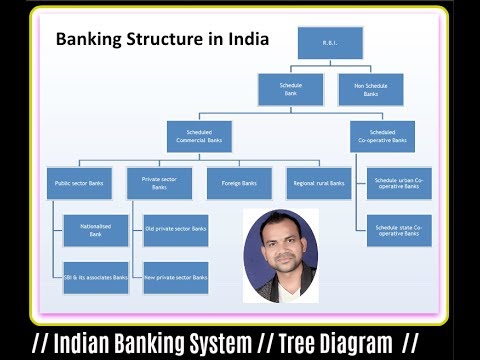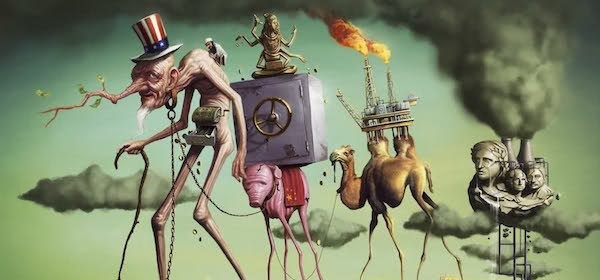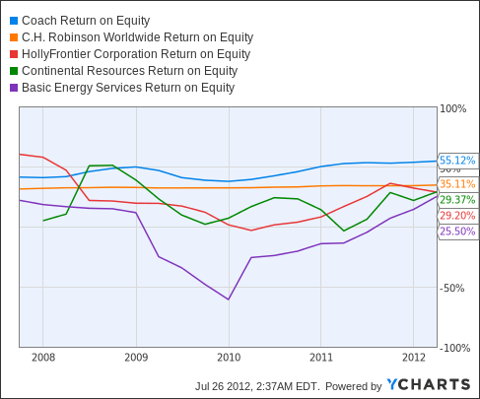
In this example, the word inside the quotation marks isn’t capitalised because it is not a complete sentence. In a direct quotation, the words are reprinted exactly and placed in quotation marks. In an indirect quotation, the words are paraphrased and not put in quotation marks. Customers often shop around and request quotes from several businesses, so sending a sales quotation quickly will help you get ahead of your competitors. However, if you’re not quoting a complete sentence, no capitalization is necessary. If you’re quoting a complete sentence, capitalize the first letter of the first word, just like a normal sentence.
If the customer accepts your quote, you can then turn it into an invoice with just a few clicks. Instead of issuing a quotation, these businesses would issue an estimate, which is a non-binding approximation of what a job is likely to cost. You might also choose to include your payment terms and a rough time schedule – i.e. how long the project will take to be completed or how long it will be until goods are delivered. Verbs of saying are highly restricted in Australian languages and almost always immediately proceed the complement verb. As the above sentence involves a non-self quotation, à (he) and já (I) have different indices to show that they refer to different referents; only this interpretation is well-formed.
Imagining Quotations
You could use online software, a quotation template for Word or Excel, or even write your quote by hand. This website is using a security service to protect itself from online attacks. There are several actions that could trigger this block including submitting a certain word or phrase, a SQL command or malformed data. Generally, if the supplier had fixed rates, there would be no need for a quotation.
What Is an Indirect Quote? Definition and Vs. Direct Quote – Investopedia
What Is an Indirect Quote? Definition and Vs. Direct Quote.
Posted: Sun, 26 Mar 2017 00:21:20 GMT [source]
In sentence-medial position, tte is sometimes regarded along with to to be either a quotative particle or complementizer meaning “I heard (quote)” with less uncertainty and often more knowledge of the origin of the quote. Just like the use of single quotation quotation definition and examples marks, however, this applies only to American English. When using a period, comma, or exclamation mark with quotation marks, place the punctuation inside the quotes. When a quotation is broken, it means that the first quotation is interrupted with a comma.
Quotation
Like quotations, estimates are sent to customers who enquire about a product or service. A proforma invoice is a non-official invoice that’s sent to a customer before the final details of a sale are confirmed. They’re often used at the same point in the sales process as a quotation; however, quotes and proforma invoices serve slightly different purposes.

It’s also common to have the date, document number, and customer contact details at the top of your quotation template, followed by the products and total price. While you’re not required to use a specific quotation format, layout, or template, sending an unprofessional, amateur-looking quote can give the wrong impression about your business and the quality of your work. As mentioned, your quotation must reach your client promptly, so many businesses choose to create references with invoicing software. This lets you write quotes quickly and send them directly via email, text, or even Facebook or Whatsapp.
Form
Short works, including tv show episodes, are usually referenced using quotation marks. In this case, the start of the quote is capitalised because it alludes to a proper noun. However you choose to write a quotation, it’s important to have a complete and professional quotation template that you can fill in whenever you need to send a quote. While you’re not required to use a specific quotation format, layout, or template, sending an unprofessional, amateur-looking quote can give the wrong impression about your business and the quality of your work. Also known as quotes, sales quotes or sales quotations, quotations are used to let a potential buyer know how much goods or services will cost before they commit to the purchase. Japanese, for example, uses a sentence-final quotative particle tte verbally to mean “I heard (quote)” with some uncertainty.

A proforma invoice is sent if a customer has committed to a purchase, but can’t be sent a true invoice because the final details of the sale are not certain. It is a document that a supplier will submit to a potential client that lists the proposed prices for the supplier’s goods or services. The quotation is usually created based on certain conditions stipulated by the client. In this example, the second quote does not need to start with a capitalised letter because it elaborates on what the first quote is saying.
Quote a source directly
When you have quotes inside quotes, you should use single quotation marks (‘’). In this example, double quotations are used to give a direct quotation of what the wolf said to Little Red Riding Hood. In this example, double quotations are used to give a direct quotation of what Jai asked Kartik. In this example, double quotations are used to give a direct quotation of what Preity asked Aishwarya.

In this guide, we explain all the must-know information about quotation marks. We discuss when to use quotation marks in titles, how scare quotes work, and what the difference is between double and single quotation marks. We also share plenty of quotation marks examples so you can see how they’re used. One of the most common points of confusion with quotes is when to use single versus double quotation marks. In American English, single quotation marks are used only for quotes that appear inside other quotes.
Whether you’re using scare quotes, quotes to quote others, or simply incorporating a quote from another source into your work, it’s important to use them correctly. In such a case, use quotation marks to indicate that you are reproducing their exact words. Quotation marks are primarily used to set apart certain words, usually to indicate direct quotes but also to signify the titles of certain works or that a phrase does not use a word’s intended meaning.
You could use online software, a quotation template for Word or Excel, or write your quote by hand. In the quote, the supplier will include a breakdown of the factors that have led to the specific price, such as taxes/VAT, material costs, labor, etc. Also included is the time frame for when a service will be completed or when the goods will be delivered.
- In this example, a comma is used to interrupt or bring a break to the original dialogue or quotation.
- Scare quotes in writing are the origin of the air quotes gesture in in-person speech.
- Certain types of works—but not all—use quotation marks around their titles so the reader knows they’re a reference.
- Scare quotes generally appear as quotation marks around a single word or sometimes a phrase.
- We also share plenty of quotation marks examples so you can see how they’re used.
Both quotes and italics are used for the titles of works, but certain types of works use only quotes, and others use only italics. In general, short-form works like poems, songs, or short stories use quotation marks, while long-form works like books, films, or stage plays use italics. If you’re quoting two or more paragraphs, place opening quotation marks at the beginning of each new paragraph. However, place closing quotation marks only at the end of the entire passage, not at the end of each paragraph. Scare quotes are used to show that the writer doubts the validity of a word.
In this example, double quotations are used to give a direct quotation of what Shreya said to Kavitri. Famous quotations are frequently collected in books that are sometimes called quotation dictionaries or treasuries. Also known as quotes, sales quotes, or sales quotations, quotations are used to let a potential buyer know how much goods or services will cost before committing to the purchase. In conclusion, knowing when and how to use quotes is crucial for effective academic writing.
If you’re using the same word, sentence, or phrase as another author, put those words in between quotation marks. The quotation marks symbol is a type of punctuation used for setting words and passages apart from the rest of the text. Quotation marks, or “quotes” for short, look just like commas, except quotation marks are at the top of a line instead of at the bottom. Double quotation marks are simply two “commas” next to each other, while single quotation marks use only one comma. The direction a quotation mark faces depends on whether it comes before the quote or after.
In all other types of writing, it helps indicate which words are the writer’s own thoughts and which thoughts he is drawing from others. Quotations (“”) are used on both sides of phrases that have either been previously written or spoken by someone other than the writer. In this example, the question mark is placed outside the quotes because the entire sentence is a question. If you’d like to customise or personalise your quotation format, you could add a company logo or choose colours that reflect your business’s brand.
Quotations are usually not legally binding unless they’re part of an official contract. However, it’s generally accepted that a customer has committed to a sale, and a specific price, if they accept the quote. The quotative particle to can also occur with verbs of thinking, such as omou (think).
They are commonly used to show irony, sarcasm, or how something is “popularly termed.” They can have the same meaning as the phrase so-called, including suspicious insinuation. Aside from quotes and speech, English also uses quotation marks for the titles of works. Certain types of works—but not all—use quotation marks around their titles so the reader knows they’re a reference. In nonfiction, they’re commonly used to transcribe what a person said, as with an interview or eyewitness account. In fiction, they’re used for writing dialogue or whenever a character says something out loud.
They are also widely used in spoken language when an interlocutor wishes to present a proposition that they have come to know via hearsay.